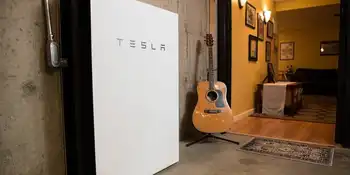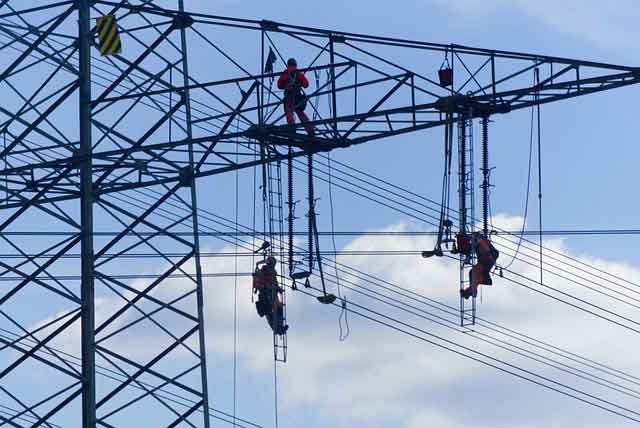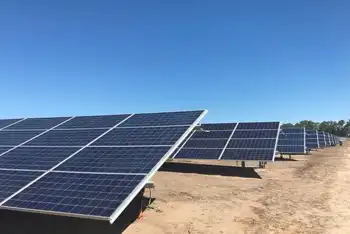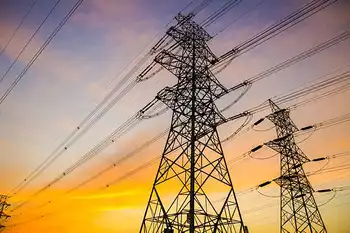Dewa in China to woo renewable energy firms

Protective Relay Training - Basic
Our customized live online or in‑person group training can be delivered to your staff at your location.

- Live Online
- 12 hours Instructor-led
- Group Training Available
Dewa-China Renewable Energy Partnership advances solar, clean energy, smart grid, 5G, cloud, and Big Data, linking Dewa with Hanergy and Huawei for R&D, smart meters, demand management, and resilient network infrastructure.
Key Points
A Dewa collaboration with Hanergy and Huawei to co-develop solar, smart grid, 5G, cloud, and resilient utility networks.
✅ MoU expands solar PV and distributed generation in Dubai and China
✅ Smart grid R&D: smart meters, demand response, self-healing networks
✅ 5G, cloud, and Big Data enable secure, scalable smart city services
A high-level delegation from Dubai Electricity and Water Authority (Dewa) recently visited China in bid to build closer ties with Chinese renewable and clean energy and smart services and smart grid companies, amid broader power grid modernization in Asia trends.
The team led by the managing director and CEO Saeed Mohammed Al Tayer visited the headquarters of Hanergy Holding Group, one of the largest international companies in alternative and renewable energy, in Beijing.
The visit complements the co-operation between Dewa and Hanergy after the signing MoU between the two sides last May, said a statement from Dewa.
The two parties focused on renewable and clean energy and its development, including efforts to integrate solar into the grid through advanced programs, and enhancing opportunities for joint investment.
Al Tayer also visited the Exhibition Hall and Exhibition Centre of the Hanergy Clean Energy Exhibition spread over a 7,000-sq-m area at the Beijing Olympic Park.
He discussed solar power technologies and applications, which included integrated photovoltaic panels and their distribution on the roofs of industrial and residential buildings, residential and mobile power systems, micro-grid installations in remote regions, solar-powered vehicles, and various elements of the exhibition.
Al Tayer and the accompanying delegation later visited the Beijing R&D Centre, which is one of Huaweis largest research institutes, known for Huawei smart grid initiatives across global markets, that employs over 12,000 people. The centre covers the latest pre-5G solutions, Cloud, Big Data, as well as vertical solutions for a smart and safe city.
"The visit is part of a joint venture with Huawei, which includes R&D projects to develop smart network infrastructures and various mechanisms and technologies, aligned with recent U.S. grid improvement funding initiatives, such as smart meters for electricity and water services, energy demand management, and self-recovery mechanisms from errors and disasters," he added.











